 I have a 1400ma constant current power supply (plenty of power to drive all loads at 100% duty), and I want to PWM 4 separate loads that are all driven optimally at either 350ma, 700ma, or 1400ma. The voltage drop across the loads vary. If this is possible, is there a most-efficient way to do this?
I have a 1400ma constant current power supply (plenty of power to drive all loads at 100% duty), and I want to PWM 4 separate loads that are all driven optimally at either 350ma, 700ma, or 1400ma. The voltage drop across the loads vary. If this is possible, is there a most-efficient way to do this?
I am no EE, but I was considering some sort of current mirroring circuit with resistive current dividers (since loads are common factors of 1400ma) but I can't figure out an efficient way to do it when any of the individual loads is turned all the way off (0% duty). Any help would be greatly appreciated, and I can provide more details if this gains interest.